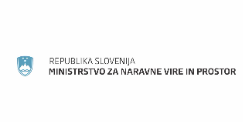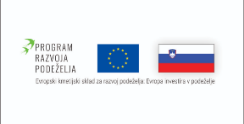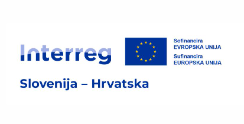Marsh fritillary
The Marsh Fritillary (Euphydryas aurinia) is considered as one of the rarest and at the same time one of the most endangered butterfly in the Goričko Nature park. It is threatened all across Europe and its populations on wet meadows are declining rapidly.
Description
Up to 4.5 cm big butterfly from the family of Brush-footed butterflies (Nymphalidae) with a pattern of brown, orange and yellow and prominent black spots on the hind-wing are visiable on dorsal and ventral side.
Typical pattern of black spots ![]() M. Podletnik
M. Podletnik
The marsh fritillary is a univoltine species and, therefore, only one adult generation appears per year. The flight period is from mid-May to mid-June. Females lay eggs in batches on the underside of the leaves of devils-bit scabious (Succisa pratensis). The caterpillars hatch in June and are initially light colored. As they grow they become dark and grow up to 2.7 cm.
The colour of the eggs changes from yellow to violet during time ![]() M. Podletnik
M. Podletnik
In summer and autumn during the first three stages, the caterpillars form a dense communal web, so called nests, around the leaves of the food plant. In the autumn they form stronger web just above the ground and start to hibernate. From the hibernation fourt instar emerges and caterpillars eventually become solitary. In the start of April, the pupation occurs.
Caterpillar nest ![]() G. Domanjko
G. Domanjko
The food plants of caterpillars are devils-bit which grows predominately on wet meadows. In the western part of Slovenia, march fritillary oocurs also on dry meadows, where caterpillars feed on the small scabious (Scabiosa columbaria), field scabious (Knautia arvensis) and, less frequently, plantains, foxgloves and speedwells. Adult butterflies feed mainly on yellow-flowering plants.
Distribution and threats
It is widespread in Europe and Asia. In Slovenia is also widespread and occurs even in higher altitudes, but is rare. The population in Goričko is considered to be isolated with the nearest population in National park Őrség. It is threatened by the intensification of meadows and habitat loss.
Much effort has been made in recent years for protection and improvement of its habitats. As part of the Gorička krajina project, a study was carried out to estimate the size of the population. Based on the research, conservation measures were implemented and included leaving areas with the nests unmown.
The size of the population was estimated by using the mark-release-recapture method ![]() M. Podletnik
M. Podletnik








